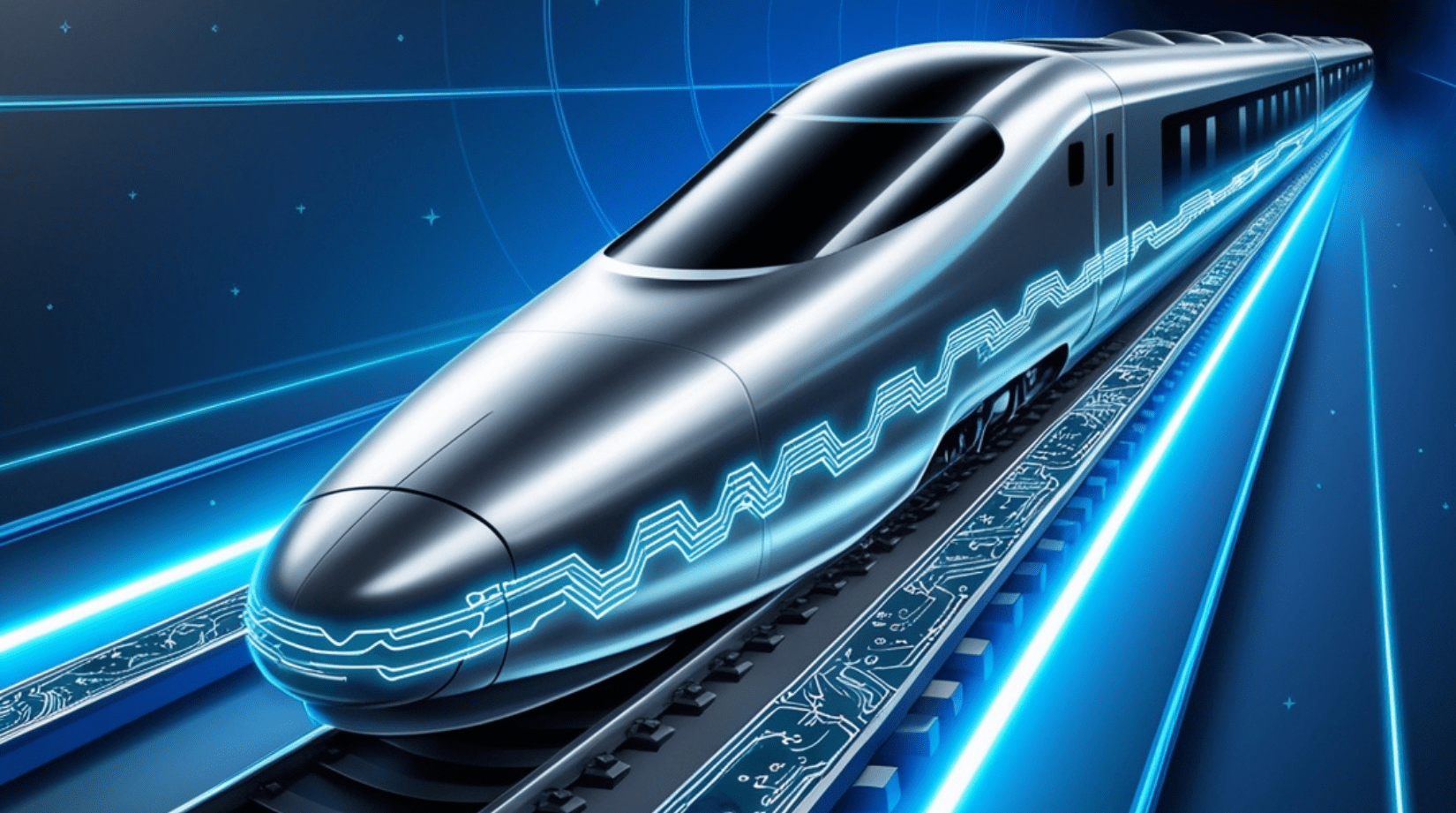Connectivity is a critical part of passenger satisfaction and operational efficiency. For rail operators, ensuring seamless, reliable connectivity on board at all times is non-negotiable. This means maintaining not just the physical onboard connectivity infrastructure but also the performance of the system with real-time monitoring and analytics.
In this article, we explore best practices for maintaining 24/7 connectivity on board and how real-time monitoring and analytics tools are essential in optimising train connectivity systems for both operators and passengers.
The Importance of 24/7 Connectivity in Modern Rail Systems
Reliable, continuous connectivity is a cornerstone of the modern passenger experience. Business travelers need a stable connection to work on-the-go, while entertainment options keep families engaged. Moreover, reliable connectivity is vital for operational teams, enabling real-time communication and data exchange for effective decision-making.
However, ensuring constant connectivity on board can be challenging, particularly as trains travel through remote areas where traditional connectivity often fails.
Best Practices for Maintaining 24/7 Connectivity
1. Leverage Multi-Network Connectivity: Incorporating multiple connectivity sources, such as 4G, 5G, and satellite technology, ensures that passengers and operations remain connected no matter where the train travels. Icomera’s solutions, use the SureWAN™ link aggregation protocol to intelligently connect trains to multiple cellular and other communications networks simultaneously, aggregating all available capacity to ensuring consistent performance.
2. Regular Network Health Checks: Regular maintenance checks and predictive maintenance strategies are essential for detecting issues before they affect connectivity. Proactive monitoring, using tools like Icomera’s Network Insights and Control (ICONIC) cloud-based management software, helps identify areas requiring attention, reducing the risk of unexpected failures and ensuring smooth, uninterrupted service.
3. Scalable Infrastructure for Future Growth: Rail operators must plan for future growth by investing in scalable systems that can handle increasing data demands. With the rise in passenger devices and more advanced onboard services, upgrading to the latest networking standards, such as Wi-Fi 7, is critical.
Optimising Performance with Real-Time Monitoring and Analytics
Once connectivity is in place, the next step is ensuring its ongoing optimisation. This is where real-time monitoring and analytics come into play. These tools enable operators to track system performance, identify potential issues before they escalate, and optimise connectivity for the best possible passenger experience.
Key Features of Real-Time Monitoring and Analytics
As cities around the world strive to reduce their carbon footprints and create more sustainable urban environments, smart transport connectivity plays a pivotal role in making public transport a greener, more energy-efficient option. Connected systems allow operators to monitor and manage energy consumption in real time, helping to minimise emissions and fuel usage across the transport network.
1. Comprehensive Network Visibility: Icomera’s software offers comprehensive visibility of the entire onboard system. This includes data on signal strength, bandwidth usage, and device connectivity, helping operators identify potential problems early on. Real-time insights empower teams to act swiftly and address issues without disrupting the passenger experience.
2. Performance Analytics for Continuous Improvement: The ability to analyse performance metrics over time helps rail operators make informed decisions about network upgrades and adjustments. Using analytics tools, operators can ensure that bandwidth is appropriately distributed and that all services, including emergency systems and entertainment, function optimally.
3. Predictive Maintenance Using Artificial Intelligence: Integrating machine learning with real-time monitoring systems enables automated alerts for the Network Operations Center to promptly address any issues. Additionally, through machine learning, the platform can intelligently predict potential problems before they impact operations.
Shaping the Future of Connectivity
Looking ahead, rail operators must focus on continuous innovation. 5G connectivity, satellite integration, and Wi-Fi 7 will be pivotal in keeping up with passengers’ growing demands for faster, more reliable connectivity.
Icomera’s use of advanced monitoring tools ensures that rail operators can stay ahead of challenges, offering a proactive approach to maintaining connectivity, optimising system performance, and enhancing the overall passenger experience.
As rail operators strive to meet increasing connectivity expectations, the key lies in the combination of robust, scalable solutions supported by advanced monitoring and analytics tools. By adopting best practices for maintenance and leveraging the power of real-time insights, operators can ensure 24/7 connectivity, keeping passengers and operational systems always connected and optimised.
With Icomera’s ICONIC Monitoring and Management Software supporting our advanced solutions, operators are equipped to handle today’s challenges and future-proof their networks for tomorrow’s needs.

